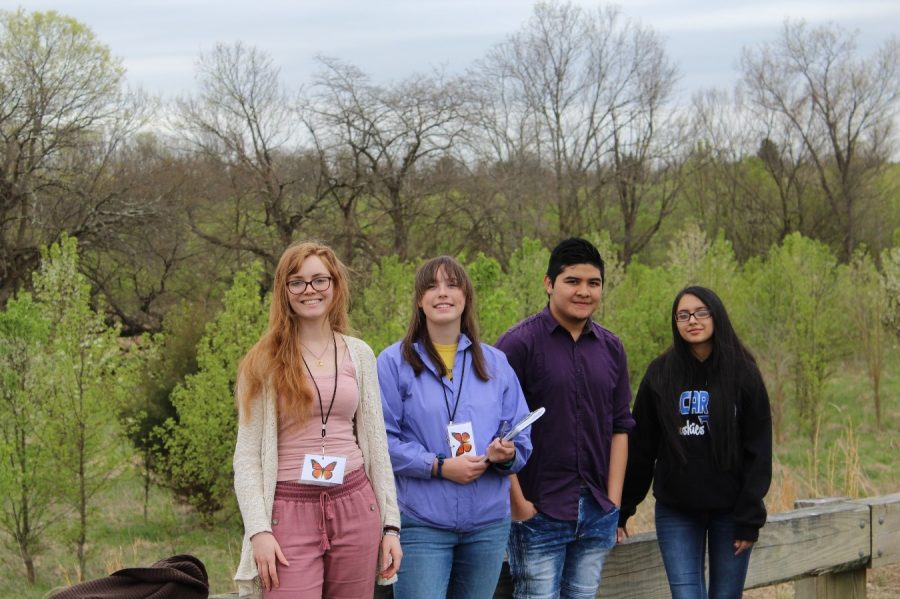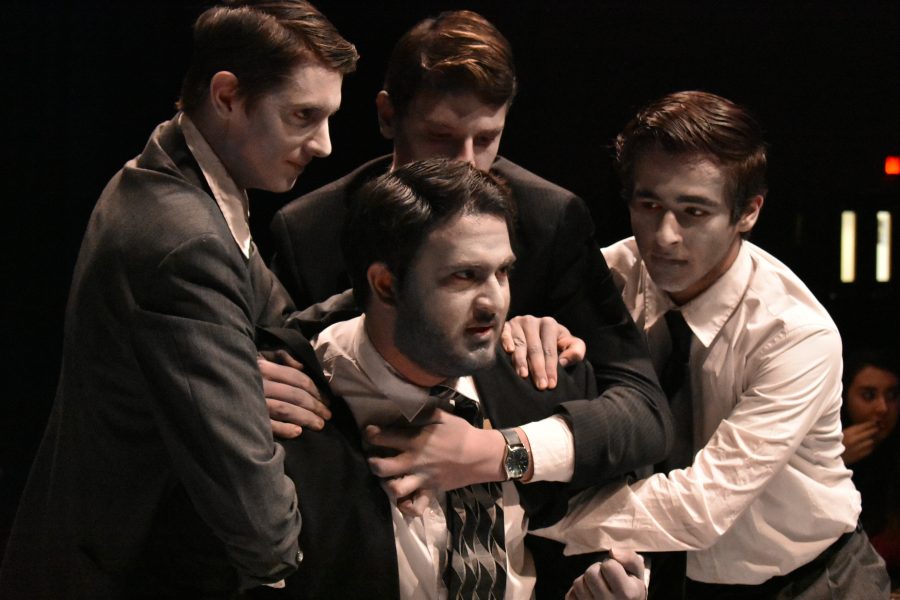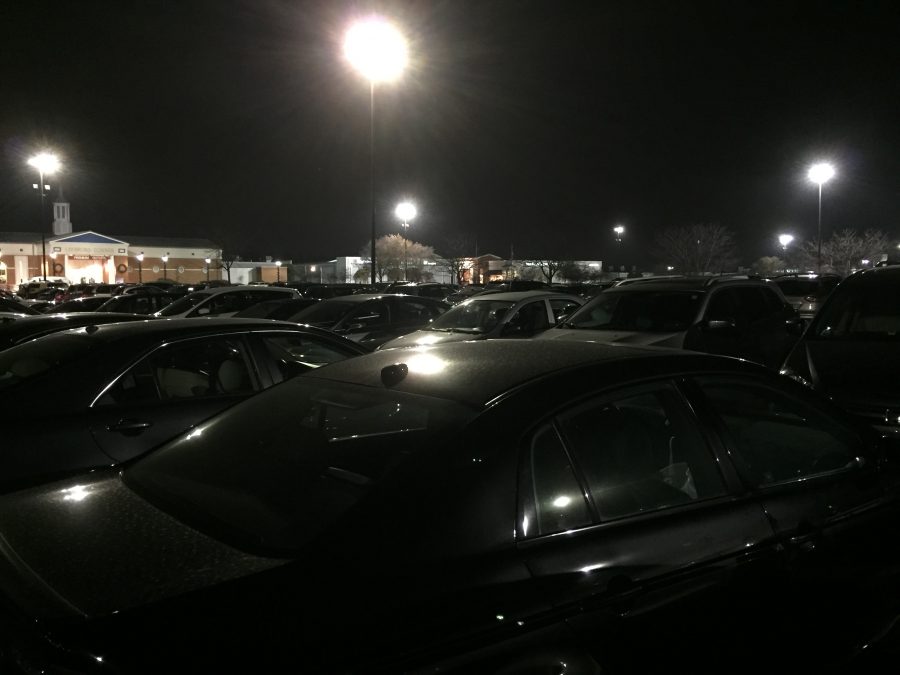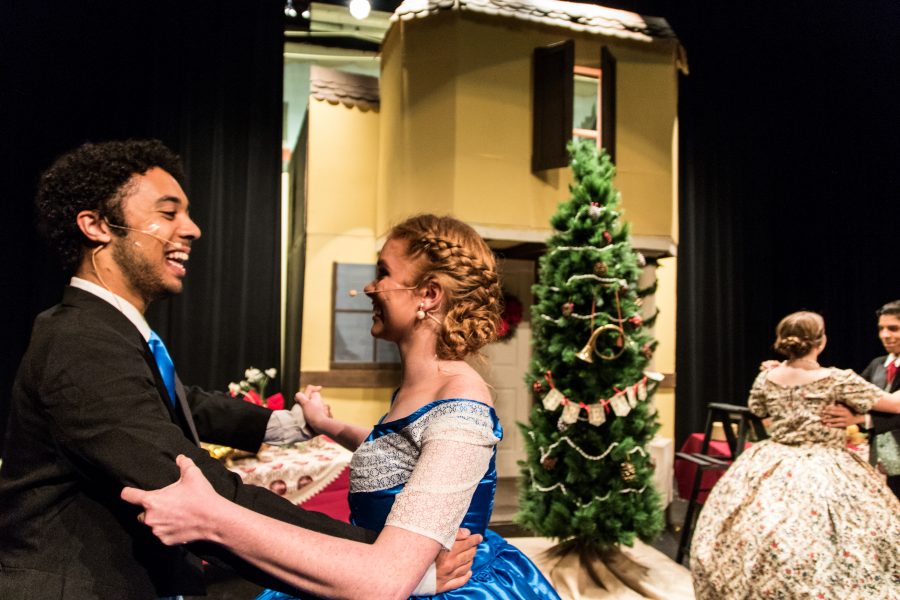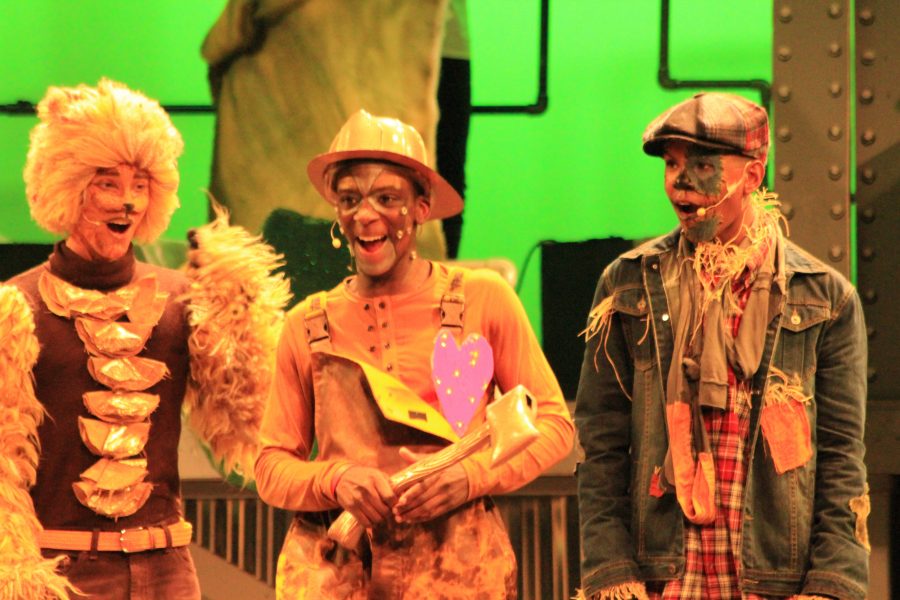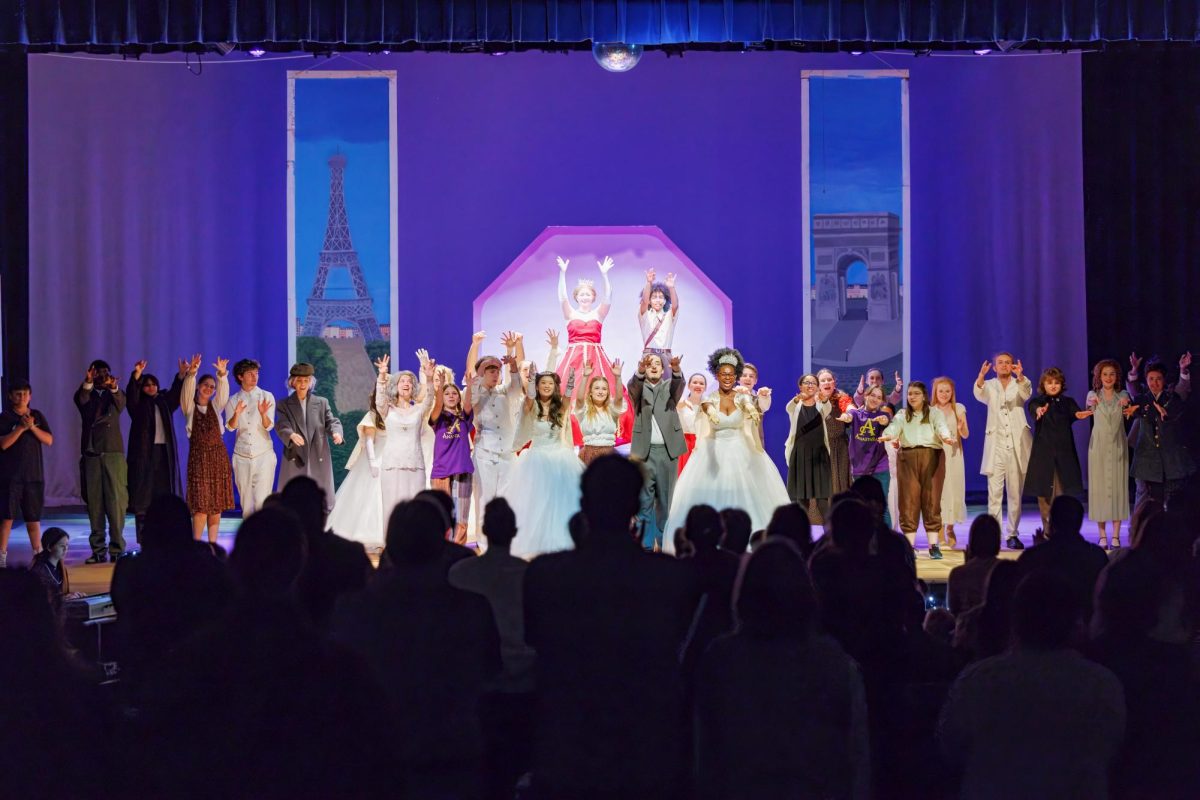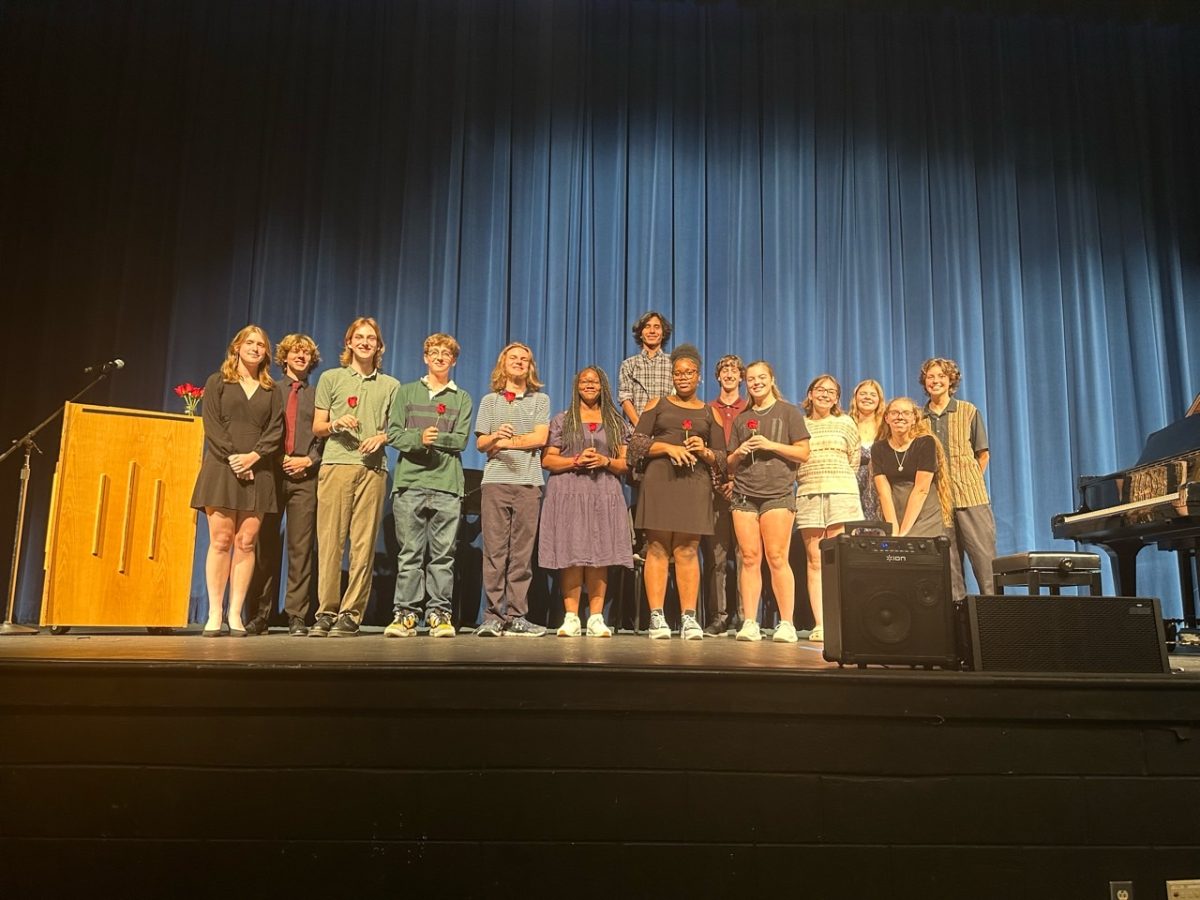By Becker Kaufman and Maura Whelan
Tuscarora campus is under invasion. The invaders are surrounding our school. They are everywhere and their numbers are growing day by day. They are Bradford pear trees (Pyrus calleryana), an invasive exotic tree species that is in full bloom right now.
According to Maura Whelan, an Environmental Science and GIS student this year who has been studying the invasion with a team of students in Environmental class. There are approximately 58,325 Bradford pear trees on Tuscarora’s campus. (Click link to see Bradford pear growth map http://arcg.is/14Xie8 ) It thrives in our northern Virginia climate, it resists diseases, and nature can’t control its assault. They are invading the land that native noninvasive trees once occupied before our school was built.
“Most people don’t realize that these trees don’t belong here,” says Becker Kaufman, an Environmental Science student doing a year-long project on the native plants and animals of Tuscarora. “They spread uncontrollably. Native insects and other animals that depend on native trees for food and shelter can’t rely on these trees so their populations are declining. They are really hurting our ecosystem.”
Students and teachers are taking notice and doing what they can. “In my Environmental class, we are cutting them down in the outdoor classroom area, replacing them with native trees (redbud, red maple) donated by Bartlett Tree Experts, and then then mowing so the Bradford pears can’t grow back. But to control them on the whole campus will take a school-wide effort and lots of time, work, and money. I’m a Senior but maybe by my 10th reunion the native trees will start coming back.” If you want to help, see Dr. Westervelt in Room 404. We need everyone we can get to give our native trees a fighting chance against this invasion.
